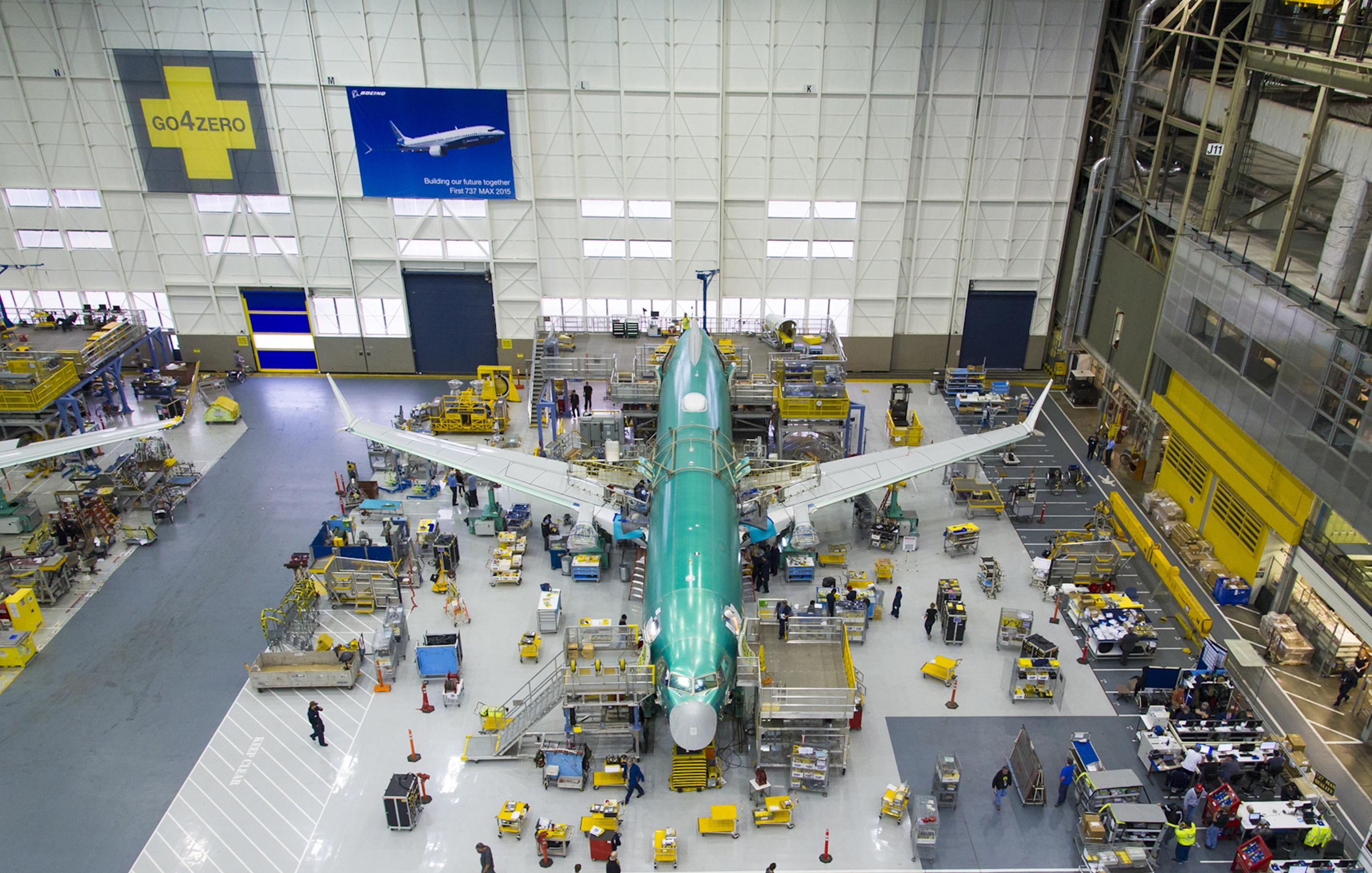New Production Issue Will Delay 737 MAX Deliveries, Require Repairs

A production problem with vertical stabilizer fittings will force Boeing to repair some undelivered 737 MAXs and delay an unspecified number of deliveries, the company said April 13.
The problem affects two of eight fittings at Station (STA) 1016, a Boeing source familiar with the issue said. Spirit AeroSystems, one of the fitting suppliers, notified Boeing of the problem on April 12. Fittings supplied by other suppliers are not affected.
Boeing is still working to identify the precise number of affected aircraft, but the source confirmed the issue affects airframes built from 2019 until now. Affected variants include the 737-7, -8, -8200, and P-8 maritime patrol aircraft, Boeing confirmed.
While not all airframes in those variants are affected, Boeing said the identified population is large.
“This is not an immediate safety of flight issue, and the in-service fleet can continue operating safely,’” Boeing said in a statement. “However, the issue will likely affect a significant number of undelivered 737 MAX airplanes, both in production and in storage.”
Unaffected aircraft, including all 737-9s, can still be produced and delivered, Boeing said.
“We expect lower near-term 737 MAX deliveries while this required work is completed,” the company added. “We regret the impact that this issue will have on affected customers and are in contact with them concerning their delivery schedule. We will provide additional information in the days and weeks ahead as we better understand the delivery impacts.”
Affected aircraft in Boeing’s inventory must undergo repairs before the FAA can approve them as conforming with the company’s design. It is not clear how long the repairs will take. Boeing said all future rear fuselage sections coming from Spirit will conform to design standards.
In-service aircraft will have to be repaired as well, but because the issue is not deemed an immediate safety risk, it will be done via a routine service bulletin and likely airworthiness directive.
Boeing’s statement described the problem as “a non-standard manufacturing process ... used during the installation of two fittings.” The Boeing source said the issue is “around the mechanical attachment procedures” and how the fittings were attached to the supporting structure.
Boeing is working with both Spirit and the FAA to finalize inspection processes for the production system, aircraft in inventory, and the in-service fleet.
“Spirit has notified our customer, Boeing, that we have identified a quality issue on the aft fuselage section of certain models of the 737 fuselage that Spirit builds,” the supplier said in a statement. “This is not an immediate safety of flight issue. We have processes in place to address these of types of production issues upon identification, which we are following. Spirit is working to develop an inspection and repair for the affected fuselages. We continue to coordinate closely with our customer to resolve this matter and minimize impacts while maintaining our focus on safety.”
On the 737, STA 1016 is where the fuselage structural join is between Section 46 (aft body) and Section 48 (tail cone). The 1016 station marks where the aft pressure bulkhead sits in the fuselage.
The vertical stabilizer attaches to the fuselage at the forward and aft spars with main connection points indicated at or close to STA 1016 (forward) and STA 1085.56 (aft). According to structural repair documents available for the 737-800, the principal parts of the structure associated with the issue are most likely to be ATA 55-30-90 part numbers related to the vertical stabilizer front spar terminal fittings and intermediate fittings forward of the rear spar terminal fittings.

